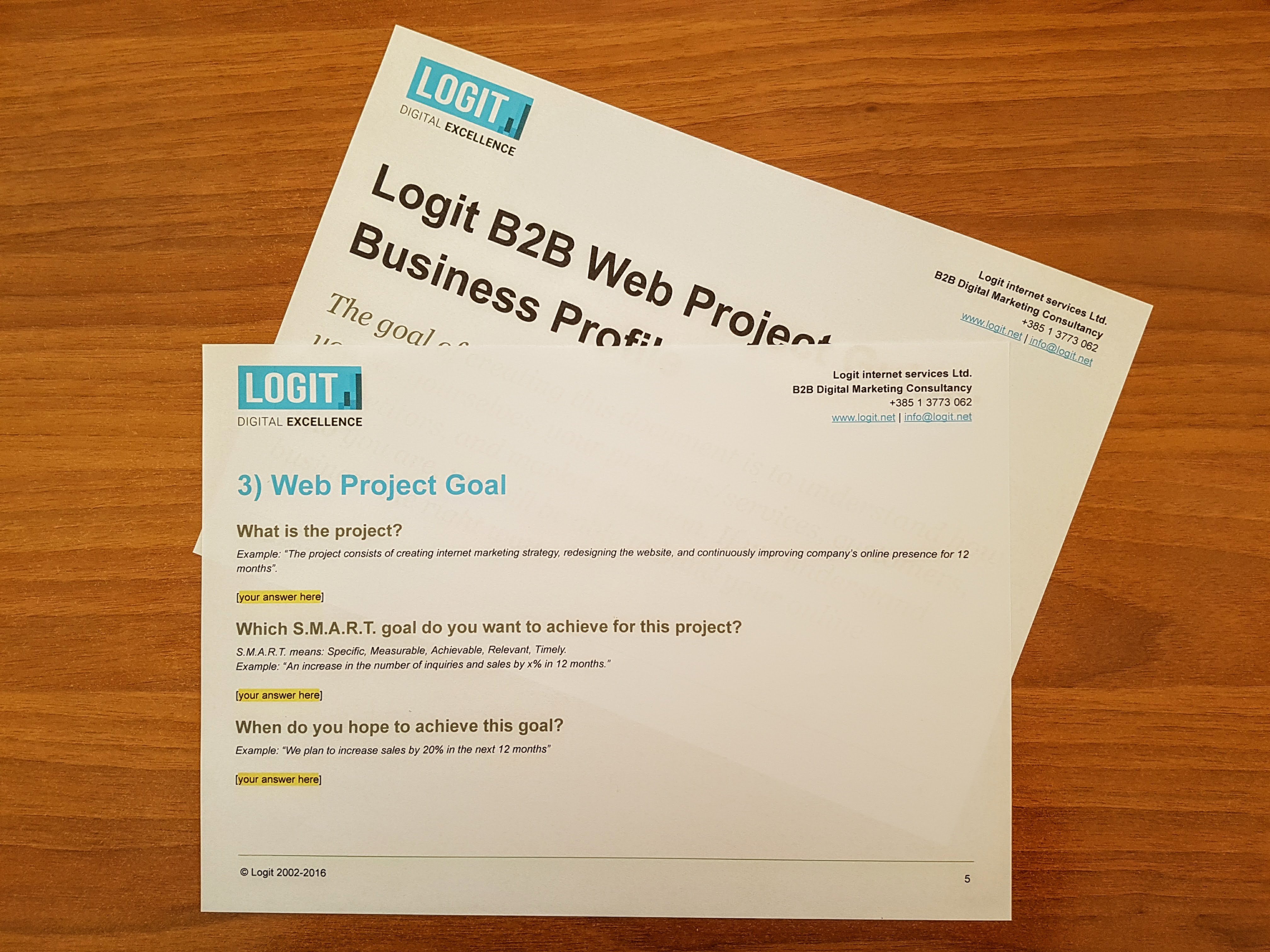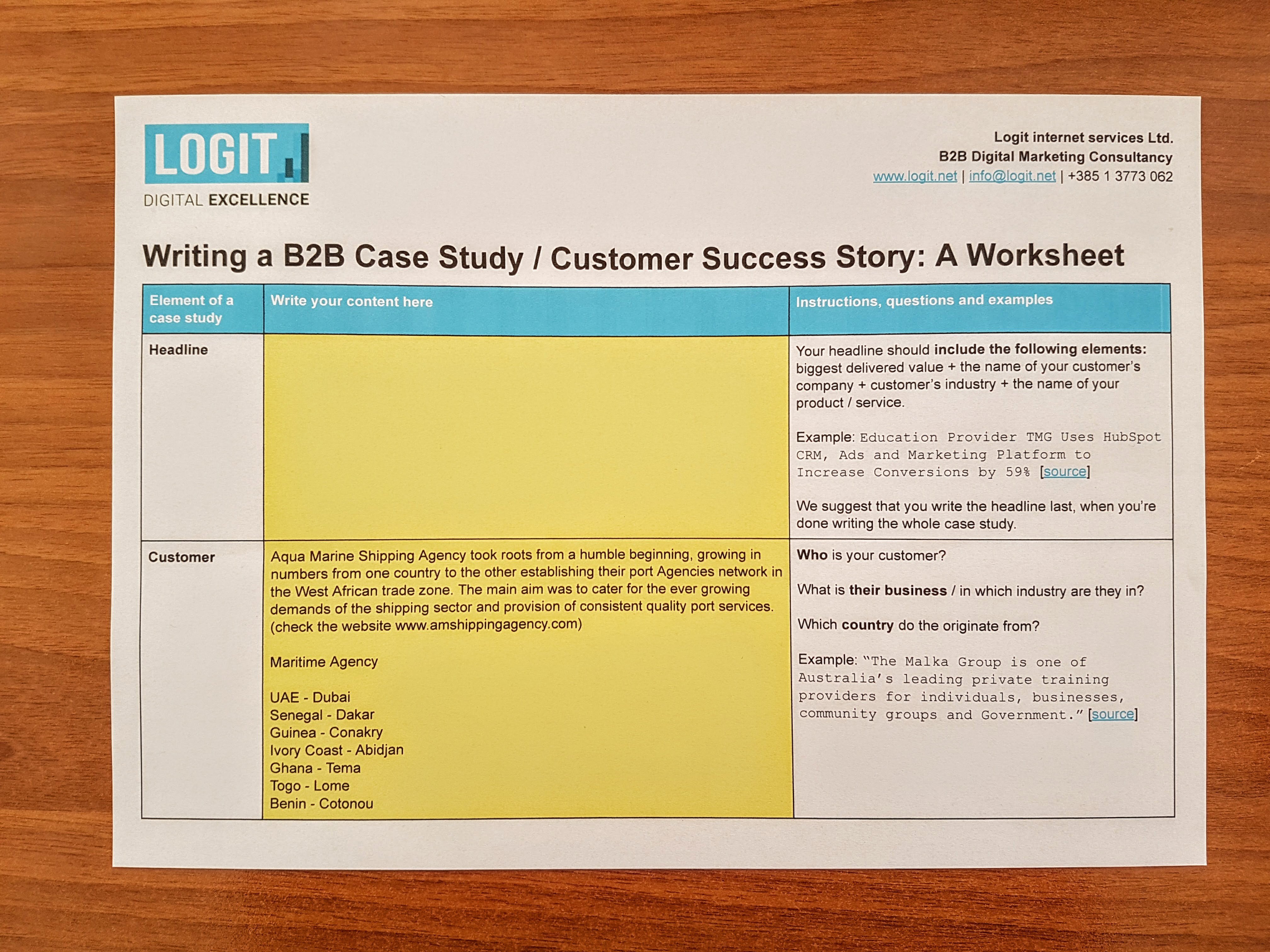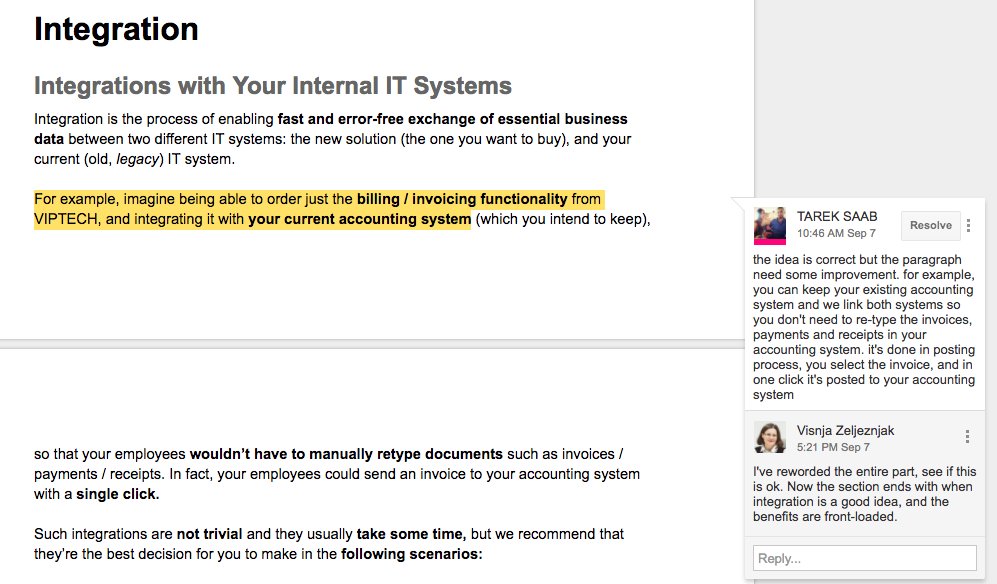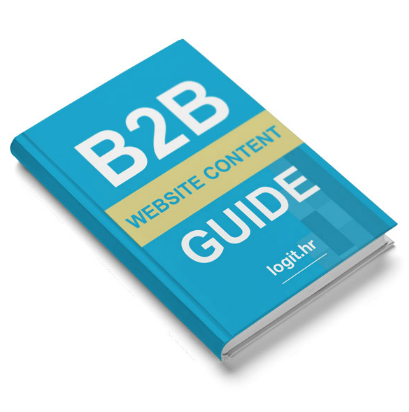This in-depth article walks you through our proven content writing process that enables us to write content for your corporate website. Find out how much TIME you can expect to invest when you hire us to write your website content.
Website Content Is Almost Always a Problem
Most of our clients don’t enjoy writing their website content. However, that website content won’t write itself, right?
It’s usually the overworked owner or the busy marketing manager to whom the dreaded writing task is assigned. If they don’t like writing or aren’t professional writers, website content writing usually takes months, even years to complete.
When content is late, the website is late. Marketing and sales suffer if the website is underperforming. It makes sense then to hire content professionals if you can’t manage to write the content yourself, right?
Still, when clients first become aware that website content writing services exist, their first reaction is this:
How can you write our website content when you know nothing about us?
This is a completely valid question. It's true: copywriters can’t write about your business if they don't know anything about it.
That's why experienced copywriters use proven processes which enable them to learn enough about you to write well.
The Secret Is in the Website Content Writing Process
On each content writing project, we guide our clients through the following steps:
- Profiling the client
- Research
- Gathering facts and information
- Writing the draft + client feedback
- Editing
- Proofreading (optionally: translation)
- Delivery
For the purposes of this article, we’re only diving deeply into the first four steps, during which you’re most engaged in the process as a client.
Step 1: Profiling Your Business
What kind of onboarding process do your new employees go through to familiarize themselves with your company? Does it look something like this?
- You explain what you want them to accomplish on the job.
- Your colleagues introduce them to the company culture.
- You enroll them in the new employee training program.
- You give them access to your company intranet, where all the documents live.
To understand your business, our copywriters must go through a similar process with you, but two things are very different:
- Our onboarding process is much faster: we require only a couple of hours of you, not days of your work.
- It’s us who provide guidance, not you.
The goal of the profiling is to create a documented strategic company profile which our writers could refer to when they write.
How Are Strategic Documents Useful
- This may be the first time you really think about certain important aspects of your business. Sometimes, when we interview our clients, they say: ”That’s a good question, I never thought about it, at least not in this way.”
- The entire creative team can focus on what’s important. The document contains clear answers about what your company is selling, who are you selling it to, and what are your competitive advantages.
- You can save a lot of time and effort because you won’t have to repeat yourself anymore. In order to provide you with their service, creative individuals such as designers, marketers, developers, and consultants ask their own questions about your business. A documented business profile already answers many of their questions at a glance.
The Business Profile Document
At the beginning of the profiling step, we use a digital document called Business Profile.
 Example pages from our Business Profile document.
Example pages from our Business Profile document.
At the moment, our business profile document contains 20 pages filled with strategy-related questions. We use the document by going down the list of the questions and writing down your specific answers.
Companies do not share their strategies publicly, nor do they publish detailed customers profiles on their websites. Therefore, it's necessary that we ask you these strategic questions in private, as if we were a new employee in your company. Everything you say is, of course, confidential.
We categorize our questions in the following 8 major sections:
- Company
- Business goals
- Current marketing and sales efforts
- Products / solutions
- Services
- Customers
- Market
- Competitors
We’ve been using some version of this document since 2009, and we’re continuously improving it. With every new client project, with every interesting book we read, we add or remove certain questions. Sometimes we rephrase the questions so that we get more meaningful answers from clients.
How We Build Your Business Profile
Sometimes our clients already have something similar to a documented company profile. In those ideal cases, clients share that document with us, and we get some of the answers from there.
Most of the time, however, a documented profile is not available. We proceed to create it first.
There are two ways to fill out your business profile:
- We interview you, and we write your answers down in the document.
- We share the digital document with you, so you could write the answers down yourself, when you have the time.
Interviewing you means meeting on a remote conference call and having a pleasant, yet structured and well-guided conversation about your business. We share the questions with you before having the call, so that you could better prepare for the conversation. The conversation is recorded and later transcribed to a digital document.
Some clients prefer to fill out the business profile document themselves. They prefer to take some time to think about the answers, very often in the wee hours of the night.
Which way is better for you?
Choose the interview if:
- you’re short on time (the interview will take less of your time)
- you’re the only person in the company who has all the answers
Choose to write the answers down yourself if:
- you’re unavailable for conference calls during regular business hours
- you need to consult other people in your company for answers
How Copywriters Use Your Completed Business Profile
- Our writers regularly update the document with additional information you provide us with. For example, in two weeks you might mention another competitor of yours; we’ll research them and write that information down in your business profile.
- We let the profile guide and focus us when we write. Facts are easily forgotten, so we use your profile as a reminder about what’s important about your business.
- With your permission, we use it to quickly onboard new writers and team members on your project. That way, nobody needs to repeat themselves: important elements about your business are documented.
Step 2: Research
When your profile is documented, we begin independent research on the topics we learned from you:
- We check out your competitors' websites and take notice of what they do online, and how their content communicates with their customers.
- We read the documentation you sent to us, in order to better understand how your products, solutions, and services improve your customers’s lives.
- We read up on your industry in order to better understand the situation on your market, and so that you would not have to explain the very basics of your business.
Yes, it does help if we have prior experience with your industry. That's why we prefer to work with clients in B2B industries we already know a great deal about, such as:
- software development
- IT solutions
- business services
Research takes up to a couple of hours of our time at most. There is nothing you have to do here, short of answering a couple of questions we might ask you.
The research also never stops. Every time we work on your project, more research happens. It's a continuous learning process, and the more we work together, the better we understand your business.
Step 3: Gathering Facts and Information
Now that we have solid picture of your business, we know which content needs to be published on your website in order to present your company well.
The next step is to extract that content from you, in the form of raw information and facts.
We use three main methods of extracting content from you:
- we analyze your existing marketing and sales collateral,
- we interview your experts, or
- we use special content-gathering worksheets we created specifically for the purposes of writing B2B website content.
Method 1: Finding Answers in Your Existing Collateral
Most of the time companies already have brochures, catalogs, leaflets, presentations, and similar written materials.
We analyze your current materials in order to answer the many questions we would otherwise ask you about, such as:
- What are this product's main benefits?
- How are your customers using your service?
- When was your company founded?
- What are your business hours?
When we can’t find an answer to an important question, we use the other two content gathering methods: interviewing your experts, and using content-gathering worksheets.
Method 2: Interviewing Your Experts for Content Creation
This is the preferred method when you have zero or very little existing content on the topic for which you're hiring copywriters.
Here's how we conduct interviews:
- You introduce us to the person in your company who knows most about your products, services, customers, competitors, market situation. We call that person the subject matter expert.
- We share the list of questions we want to ask.
- We set up a remote conference call with your subject matter expert, using one of the web conferencing apps such as www.zoom.us.
- We record the audio interview so that we could later turn the conversation into digital content. We always get our client’s permission to record.
- We have a pleasant conversation, in which we ask smart questions, and your subject matter expert answers those questions to the best of their ability.
- We have the recorded audio transcribed to digital content.
The person interviewing you is usually the person who’ll write your content.
The interviewing process can take anywhere between 15 minutes for a single piece of content such as a case study, up to a couple of hours for describing a complex product or service.
Your investment in content creation up to this point consists of doing the following:
- show up for an interview, and
- reply to our questions.
For example, one of our clients, Micro Process, invested 16 hours of their own time in in-person interviews for content gathering purposes. The result: we wrote 40 website pages, and saved the client at least 90% of the effort.
If for some reason you cannot of prefer not to attend audio interviews, then we recommend you use the third content-gathering method: filling out specially prepared worksheets with information.
Method 3: Filling Out Content-Gathering Worksheets With Information
To speed up the content creation and content gathering process during interviews, we created special worksheets with dozens and dozens of questions we ask our clients about their company, offerings, customers, contacts, etc.
 An example of a content writing worksheet. Our clients write notes in the part marked yellow. We use their notes to write the content.
An example of a content writing worksheet. Our clients write notes in the part marked yellow. We use their notes to write the content.
The main purpose of those worksheets is to serve as guided reminders during the content writing process. The idea is to answer all the questions and write the content based on those answers.
We collected those worksheets in a digital publication we call the B2B Website Content Guide, and made it available for purchase to everyone interested in writing website content faster and with less effort.
The Guide contains worksheets for writing the following content for your corporate website:
- products / solutions
- services
- industries you serve
- case studies + customer testimonials
- about + contacts
See the full list of website pages you can write with the help of our Guide.
Non-professional writers, who need advice about what they should write about on their website, will find our Guide useful.
For example, the Guide contains a worksheet for writing professional case studies. As you probably know, all good case studies follow a strict content structure, usually in the following sequence: CHALLENGE - SOLUTION - RESULTS. But knowing about that structure does not help much: if you've never written a case study in your life, you'll have a hard first time doing so.
So, instead of sending you off to "write case studies", we give you a helpful worksheet which shows you real examples of what to write, how to write it, and in which exact order.
Our clients found our worksheets extremely useful. They use our worksheets in two ways:
- Clients use our worksheets as guides for writing content themselves. We recommend this option if you have experienced writers who only need a little help with certain content types, such as case studies, support pages, service descriptions, and so on.
- Clients only enter short bullet points in our worksheet templates, and hire us finish writing the content. We recommend this option if you're very short on time, or have no writing experience.
Step 4: Writing the First Draft and Getting Early Feedback
Now that we have raw data and the facts, we can start writing.
Yes, writing begins in the middle of the writing process, not at its beginning.
Throughout the writing process, we refer to what we wrote down in the B2B Website Content Guide. For example, when we're writing about the services your company provides, the Guide helps us remember to mention the following information:
- Explain the competitive advantage of your service.
- Say how much your service costs.
- Mention under which circumstances your customers need your service.
Deciding Which Information Belongs to Which Website Page
A typical business website consists of the following website pages:
- Homepage
- Products
- Solutions
- Services
- Industries
- Customers / Reference List
- About Us
- Contact
- Technology
- Partners
- Careers (check out our workbook for writing Careers pages!)
- Customer Support
- How to Buy
- FAQ
- Documentation
- News Articles
- Newsletter
- Terms of Service
- Privacy Policy
Our job now is to fill those pages with content, based on the facts we collected from you, and based on your business strategy.
At this stage, our content will be in what we call ”high draft mode”. This means that:
- there will be little to no typos
- sentences will be complete (no half-baked fragments)
- paragraphs will be complete (no missing ideas)
- the page will have a solid headline, and there will be well-written subheadings
- the walls of text will be broken apart into easy to read paragraphs
Helping Our Clients Give Meaningful Feedback
To make the feedback easier to give and process, we write content using online collaboration applications such as Google Docs. Google Docs is an awesome, free alternative to Microsoft Word. It lets us:
- save the written content as an online document that our clients can access
- edit the content in real-time, without having to exchange updated documents via email
- share the document with several people in your company
Early feedback is precious. That’s why we share the content we write as early as possible with you. This way, you can help us:
- correct misunderstandings
- remove factual errors
- improve our writing style
- add new ideas
You can provide us with your feedback in several ways:
- write comments directly in the online document
- edit the content on your own (clients rarely do that, but it's always an option)
- correct factual errors on the spot, without having to explain it to us (it takes you 1 second to correct '2003' to '2013', but it could take you up to one minute to email us about that error)
- suggest corrections
- watch our writers make edits "as we type", in real time
- discuss essential parts of written content on a conference call
 Clients can collaborate with our copywriters by leaving comments to certain parts of the content which they would like improved or changed.
Clients can collaborate with our copywriters by leaving comments to certain parts of the content which they would like improved or changed.
Here are examples of the kind of feedback we’d love to receive from you at this point:
- Are we using the correct technical terms?
- Have we understood everything we wrote about, for example - the way your products work?
- Does our writing feel like something your customers would expect and/or appreciate? (This is sometimes called the writing voice.)
- Does our writing sound like something that your company would agree to publish on their website?
- Generally speaking, are we going in the good direction?
- Have we missed anything?
At this point, there is need to point out minor language flaws. Don't worry, the proofreader will catch those flaws later.
Collaboration is key here. Sure, you hired a copywriter to do the writing for you, but receiving flawless content on the first try is not something you can reasonably expect. Your company is unique and no matter how many years of experience the writer has in your industry, he or she will still benefit from getting meaningful, early feedback from your subject matter experts.
The Final Three Steps: Editing, Proofreading, Delivery
Based on your feedback, we improve the content to perfection as much as possible.
Editing
Editing means:
- implementing your feedback
- correcting the facts
- correcting all the errors
What you receive is the finalized version of your content. Once you give it a green light, it's almost ready for publishing.
But first, let's make sure we ace the (English) language part.
Proofreading (and Translation, If Needed)
Because English is our second language, we always let the proofreader correct our content before we deliver it to our clients and call it 'finished'.
A person with a university degree in English language will proofread your content. Hiring a native English speaker for proofreading is also an option - it all depends on your budget and your needs. Not every proofreading project needs a native speaker, so we'd like to keep this option open and more affordable for you.
If you want us to have your website content translated to another language, that’s an option too. We’re working with high quality language service providers who can provide translation and localization services.
Delivering the Content
Voila! Your content has been written by a team / person who's not an employee in your company! It can be done.
Feel free to use your content as you see fit:
- publish it on your website
- use it in your company brochures
- repurpose it for social media posts
- translate it
- use it as foundation for writing other content, such as white papers, editorials, and so on.
Writing Your Own Content?
Check out our helpful templates and worksheets for DIY copywriters and content writers:
- See word-for-word examples of real content
- Get instant inspiration
- Finish writing faster

